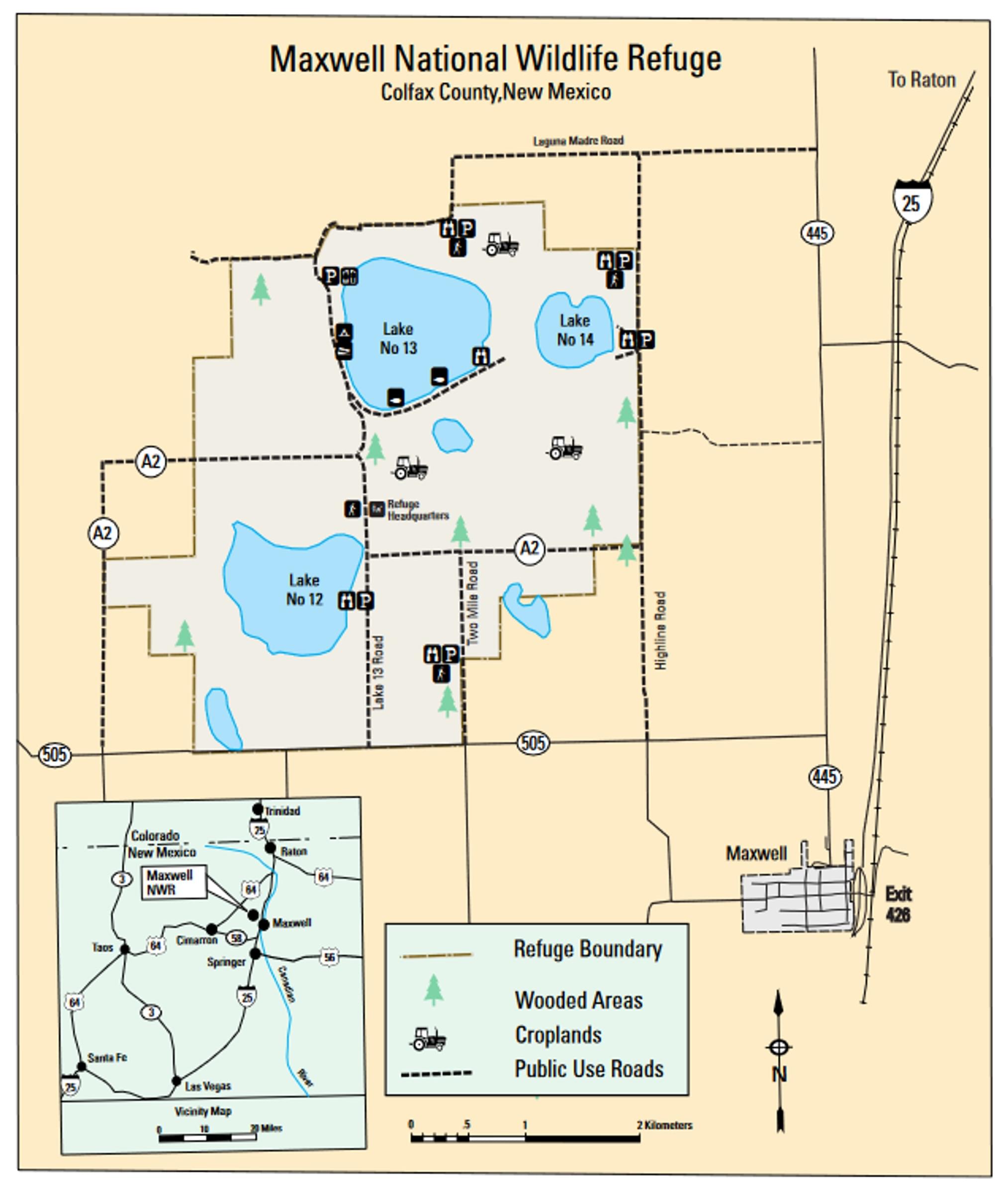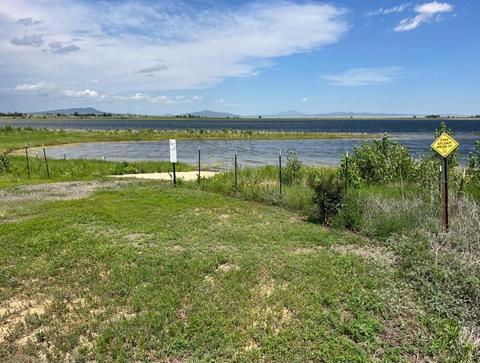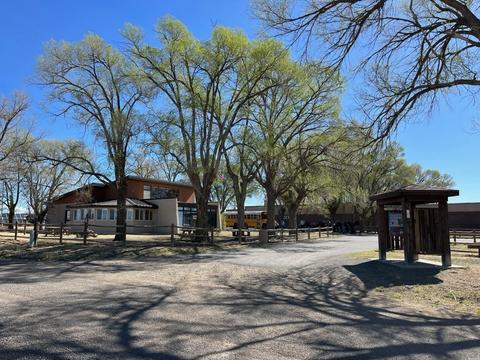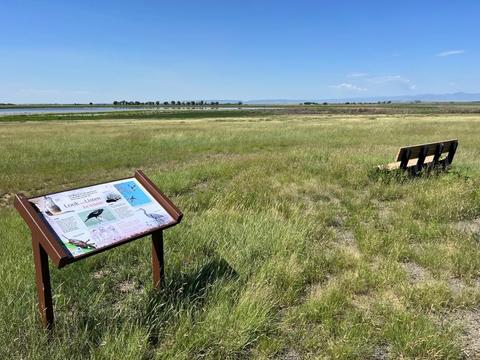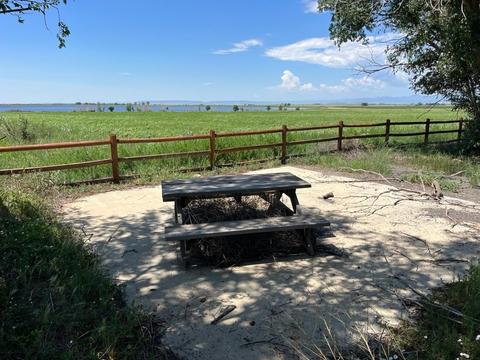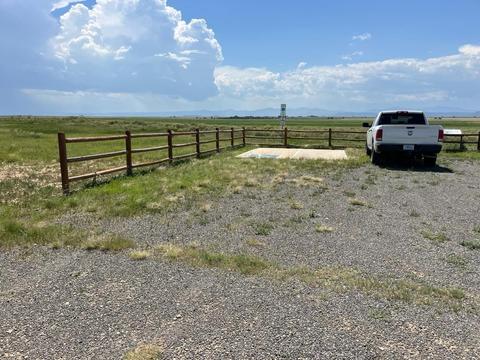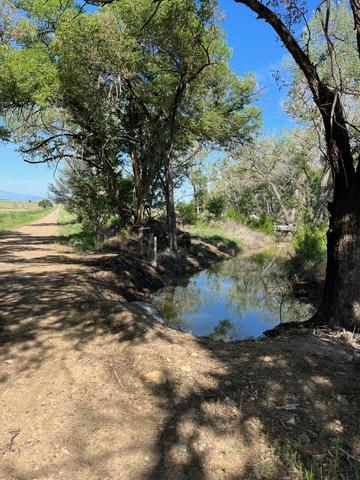
Maxwell National Wildlife Refuge
Maxwell National Wildlife Refuge
Maxwell, New Mexico 87728
Official WebsiteMaxwell National Wildlife Refuge map
Tips for Birding
When submitting eBird observations at Maxwell National Wildlife Refuge, it is most helpful to start a new checklist for each hotspot within the refuge. Use the general hotspot when you have a checklist that includes multiple locations or if no other hotspot or personal location is appropriate for your sightings.
Birds of Interest
Large numbers of waterfowl migrate through the refuge and depending on water conditions (ice) may winter at the refuge. Often 100+ shorebirds can be found on any one day. This is an important and reliable site for Prairie Falcon, Willow Flycatcher, Dickcissel, Savannah, Grasshopper, and Cassin’s Sparrow. Long-billed Curlew breeds in surrounding grassland. The state’s largest known population of Eastern Kingbird breeds in this area. Burrowing Owls can be found in the prairie dog colonies. This can be an important area for wintering and migrating raptors, though no season-long monitoring has taken place.
About this Location
The Maxwell National Wildlife Refuge presents visitors with a unique wildlife viewing experience. Visitors are treated to year-round views of hawks, owls, eagles, wild turkeys, white-tailed deer, mule deer, and black-tailed prairie dogs.
Located in northeastern New Mexico at an elevation of 6050 feet, Maxwell National Wildlife Refuge encompasses 3,699 acres of short-grass prairie, playa lakes, woodlots, wetlands, and crop fields. The refuge sits in an open basin surrounded by high mesas to the northeast and the Sangre de Cristo Mountains to the west. Since 1965 this landscape has been managed for the benefit of wildlife and has provided a feeding and resting habitat for migratory birds.
Birders and wildlife watchers can challenge themselves by attempting to check off all 289 species of birds found on the refuge. American kestrels, wild turkeys, and Wilson’s phalaropes are a few of the common species you will enjoy seeing at Maxwell National Wildlife Refuge.
Mid-October on the refuge is generally the peak fall migration of sandhill cranes, geese, and ducks. However, any time of year you are likely to see a diversity of wildlife. Wildlife watching is generally best during the morning and at dusk when wildlife is most active.
Rangeland on the refuge is rolling prairie and reclaimed farmland containing a variety of grasses including blue grama, galleta, sand dropseed, threeawn, and buffalo grass, as well as fourwing saltbush and cactus. Lakes on the refuge provide 700 acres of waterfowl roosting and feeding habitat. Wet years bring dense shoreline vegetation, while the lakes may disappear in dry years.
The refuge lakes and associated Stubblefield Lake are primarily for water storage for irrigation purposes for surrounding ranches and are managed by the local water manager. The refuge owns the surrounding grassland but not the water making water management impossible. Stubblefield Lake is privately owned. Fishing is allowed in some areas of the refuge.
From Raton, take I-25 south to Maxwell, go north on NM-445 for 0.8 miles, and west on NM-505 for approximately 2.5 miles. Turn north at the entrance sign (1.5 miles to headquarters).
The vault toilets by the parking area for Lake 13 are seasonally open and maintained. There are flush toilets in the Visitor Center (headquarters building), but that building is open on an extremely limited basis.
Content from Official Website and John Montgomery
Last updated September 21, 2023
